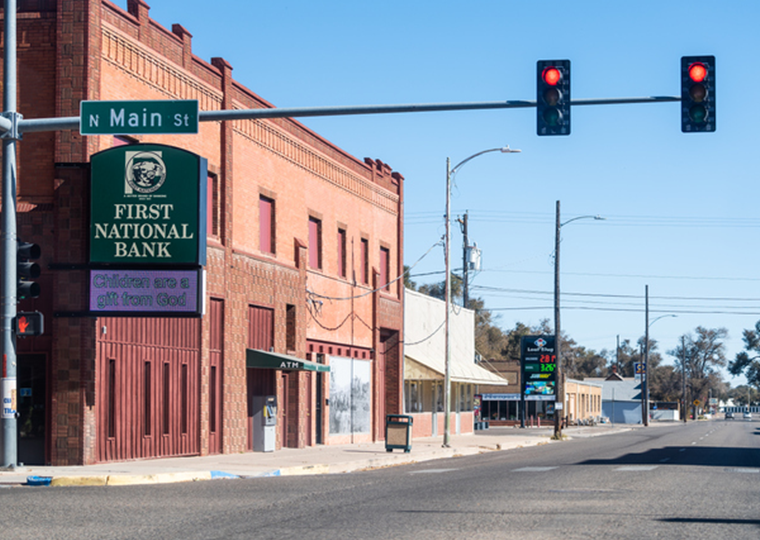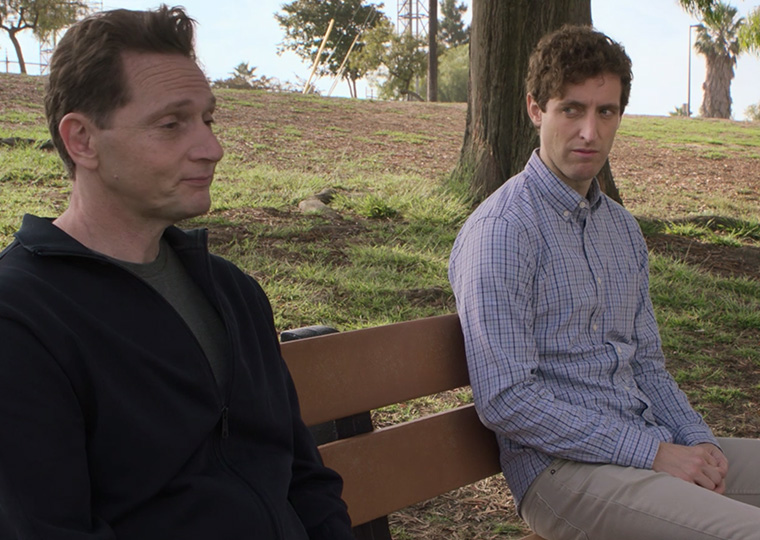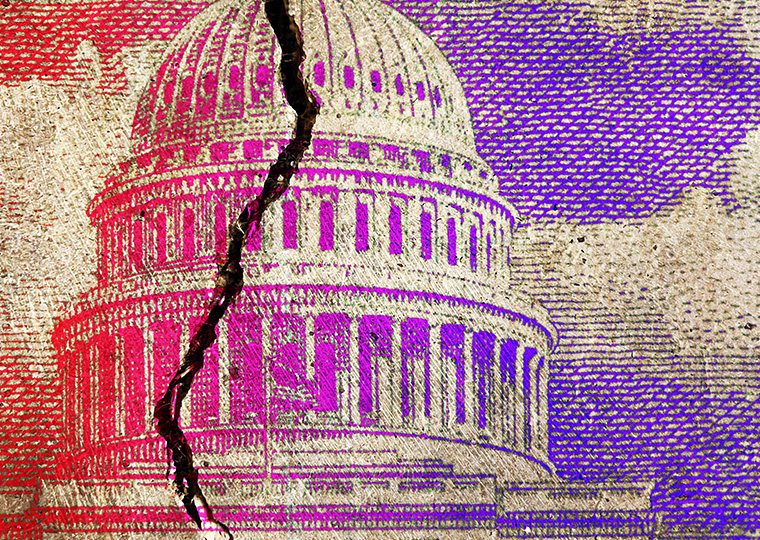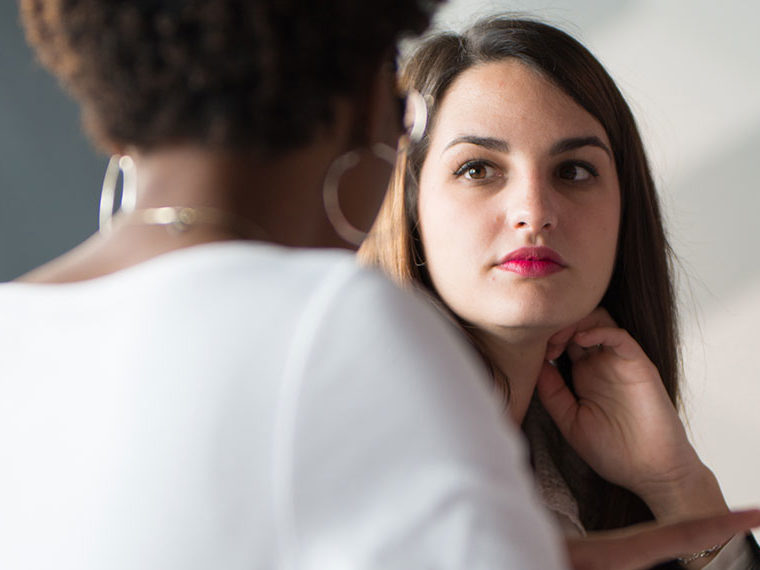Police patrol Black areas more frequently than others with similar homicide rates and income levels
A study of police movements in 23 major U.S. cities finds officers spend considerably more time in Black neighborhoods than in other areas with similar socioeconomic demographics and crime-driven demand for policing.
The findings, derived from anonymized smartphone records of more than 10,000 working officers, suggest that Black people are far more likely to be arrested than other racial groups largely because they encounter police more often. About half of the racial disparities in arrests may be due to differences in exposure times to police, according to the paper forthcoming in The Review of Economics and Statistics by UCLA Anderson’s M. Keith Chen and Yilin Zhuo, a Ph.D. student; Indiana University’s Katherine L. Christensen; American University’s Elicia John; and UC Irvine’s Emily Owens.
Opt In to the Review Monthly Email Update.
Although police officers typically are assigned geographic areas to cover, they often spend time working outside those beats, the paper explains. Using GPS data from officers’ phones, the researchers looked at every place they spent time on the job, while moving at less than 50 mph, over a 10-month period. The setup captured patrols that previous policing and race studies could not.
More Police, More Arrests
Police officers spend considerably more time throughout their shifts in neighborhoods with larger Black, Asian and Hispanic populations relative to the population, according to the working paper. The disparities are only partially explained by differences in socioeconomic status (poor neighborhoods being policed more), violent crime and internal community strife such as gang activity.
The research team finds that a bigger police presence in a neighborhood strongly correlates with higher arrest rates.
For example, officers do not make more arrests in Hispanic neighborhoods than in white neighborhoods — except when the amount of time in the Hispanic neighborhood is equivalent to time spent in Black neighborhoods, according to the study. Then arrest rates in Hispanic neighborhoods are similar to those in Black neighborhoods.
The research considers whether more calls for help from residents in Black neighborhoods led to the higher levels of policing. It also tests whether higher levels of violence led to more police presence in Black neighborhoods by comparing their homicide rates with white, Hispanic and Asian neighborhoods of similar socioeconomic demographics. They found that neither factor fully explains the higher levels of policing in Black neighborhoods.
How Shift Time Affects Arrest Activity
Simply hiring more Black police patrol officers, without promoting many to supervisory positions, can complicate attempts to reduce racial disparities in policing, the findings suggest. Higher levels of Black patrol officers tend to raise police presence in Black neighborhoods, unless the command staff also consists of more Black officers, the study finds. Both supervisors and beat officers make decisions about where to patrol.
The study covered the country’s largest cities, which include El Paso, Texas, Nashville, Tennessee, and Columbus, Ohio, as well as Los Angeles, New York and Chicago. In six cities where the researchers had data on both police presence and arrest activity, police made on average 24% more arrests per hour in neighborhoods where the share of Black residents are more than twice that of the general population.
Generally, the level of neighborhood policing is not skewed by racial factors in the first hour of an officer’s shift, the study finds, which possibly suggests that beat assignments don’t contribute to the disparities. More officers go into Black neighborhoods around the third hour of shifts, according to the results. The authors note that this pattern is “strikingly similar” to a relationship between shift time and arrest activity seen in a recent working paper by University of Pennsylvania’s Aaron Chalfin and UCLA’s Felipe Goncalves.
Featured Faculty
-
M. Keith Chen
Professor of Economics
About the Research
Chen, M.K., Christensen, K.L., John, E., Owens, E. and Zhuo, Y. (in press). Measuring Police Presence in U.S. Cities Using Smartphone Data. The Review of Economics and Statistics
Chalfin, A. and Goncalves, F. (2021). The Professional Motivations of Police Officers.





